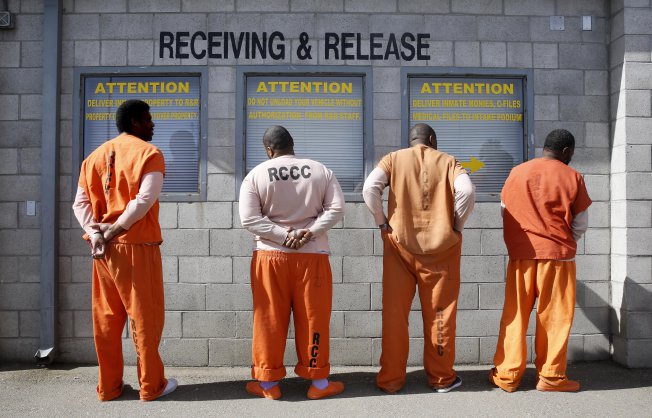
Federal prosecutors believe that crime would spike and society would suffer in response to sentence reform. The National Association of Assistant U.S. Attorneys says elected officials should make no such change to our legislation system. Steve Cook, the association’s president, predicted the crime rate would rise and prosecutors would lose a tool to extract information if laws were made more lenient. Rather than focus on reducing sentences, he said, the government should consider building more prison facilities.
The U.S. has the highest number of prisoners in the world at about 2 million; with this being said we shouldn’t be building more prison facilities but reallocating those funds for rehabilitation programs. Federal prosecutors believe crime would spike but so would the taxes which we pay. If this nation keeps incarcerating men and women for unnecessary offenses, we the taxpayers are going to have to footing the bill.
What Steve Cook and other sentence reform critics fail to see is that if we tighten our laws anymore we will have outrage. All 2 million families of the incarcerated have a voice, and just like you and me they deserve to be heard. Building more prison facilities isn’t going to solve the problem, it’s just going to slap a band aid on it. The underlying issue still remains strong as ever.

Putting people in prison is remarkably expensive, and long sentences mean big bills that last and last. In 2008 alone, states spent $47 billion on corrections.[4] That’s money that could be spent on a number of other vital community needs, including:Education, Infrastructure, Libraries or museums,Clean water,Disaster preparedness,Antiterrorism.
So many innocent lives have been thrown away due to unjust incarceration rulings. As a society we are taught to scold, ostracize and dehumanize those shackled by our criminal justice system. We as a nation are taught to hate criminals. But the same people we are shunning from society are the ones who birthed us and raised many of us.
Life is full of second chances, and that’s what this sentence reform bill is for those incarcerated. A second chance on life…hope.
Source: http://www.usnews.com/news/articles/2015/07/17/prosecutors-rally-against-sentencing-reform-say-build-more-prisons











